We explain what liberals and conservatives are and the ideas that each holds. In addition, what are its characteristics and current status.
What are Liberals and Conservatives?
When we speak of liberals and conservatives, we also speak of two opposing tendencies in political philosophy known as liberalism and conservatism , which tend respectively to promote greater autonomy and freedom of the individual life of the citizen in social, economic, cultural or, on the contrary, to favor traditions, family and religious values to preserve the status quo (the “state of things”) of societies .
Historically, each of these philosophies assumed one extreme of certain debates around the economic ( protectionism versus free market ), the social (tradition versus freedoms), or the political ( authoritarianism versus liberal democracy ).
These two trends clashed on numerous occasions throughout Western history , giving rise to political conflicts and escalations of violence that often led to civil wars.
1. Definition
- Liberalism. It can be defined as the political philosophy that promotes an increasing share of freedoms for the human being in the various economic, social and political matters that concern him, placing his faith in human free will and reason, so that each one chooses by own what you want.
- Conservatism. It favors the preservation of current structures, if not the return to previous structures (the so-called “reaction”), and promotes the defense of family, moral, religious and social values that are perceived as low risk of loss in the face of liberal tendencies and exchange.
2. origins
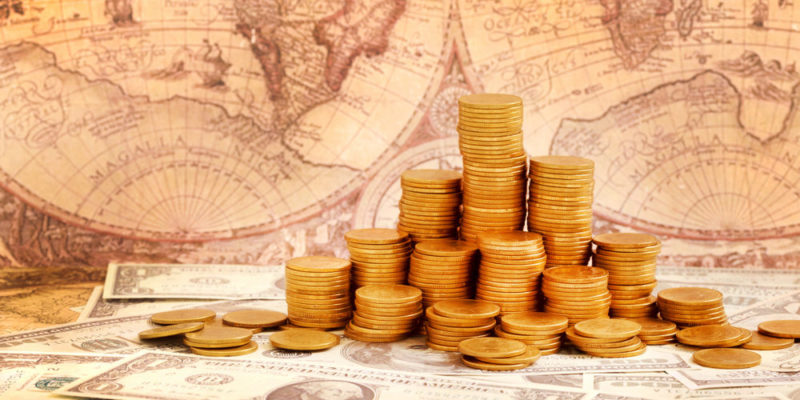
The origins of liberalism have to do with the struggle against absolutism and monarchy during the seventeenth and eighteenth centuries, and it was an essential piece for the emergence of liberal democracies whose states had counterweights and limitations, as well as separation from religion.
Then it played an essential role in the emergence of capitalism , since it also advocated the end of protectionist states and strong intervention in market dynamics .
For its part, conservatism emerged at the beginning of the 19th century as a position opposed to the ideas derived from the French Revolution of 1789, as well as those of the Enlightenment and rather in defense of the order associated with the Old Regime.
However, as a movement it drew on an enormous diversity of tendencies, positions and thoughts from several different countries.
3. Liberal ideals

The set of liberal ideals can be summarized as:
- Individualism. The primacy of the individual aspects and the personal freedoms of the human being as something inviolable and above the collective wishes.
- Equality before the law. As a necessary element for the composition of any form of companies.
- Assessment of the change. In this it resembles progressivism .
- Freedom of worship. As well as the establishment of a secular state.
- The non-politicization of the State. Regarding education , health, justice and public office.
- Cosmopolitism. Tendency to the universal and the global.
4. Conservative ideals
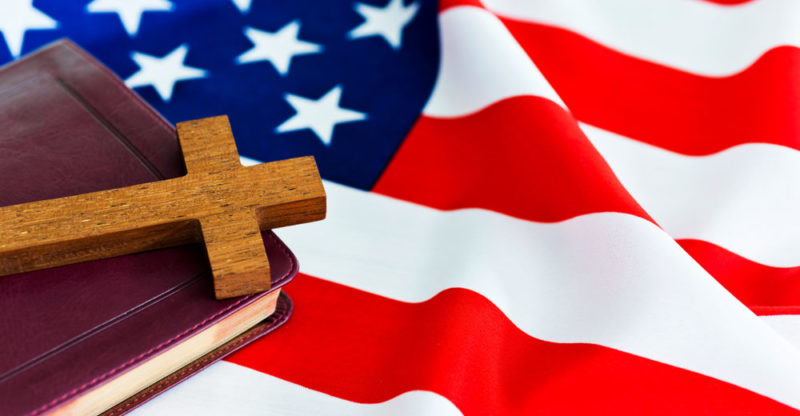
- Assessment of natural law. Naturalistic conceptions of society and individuals.
- Valuation of religion. The church and religion regarded as valuable social and political elements that fulfill vital human functions.
- Order preference. Stability in rejection of change.
- Preference for the traditional. Rejection for novel trends.
- Nationalism. Connection with the elements of the “own”, the “pure”, the “ours” as defensive forms against what is perceived as chaotic or foreign.
5. Liberalism and economic conservatism
Initially the liberal movements advocated the freedom of the market , the little interference of the state in commercial affairs and private property , in contrast to the absolutist tendencies that sought to maintain a feudal aristocracy in power.
During the 20th century, these trends insisted on economic liberalization as a way to enrich the countries.
This, in the midst of industrial contemporaneity, led them to become the political sectors of the right (conservatives) in the face of new tendencies of the revolutionary left that advocated the collectivization of production agencies, protectionist economic policy and investment in social spending.
6. Main liberal currents
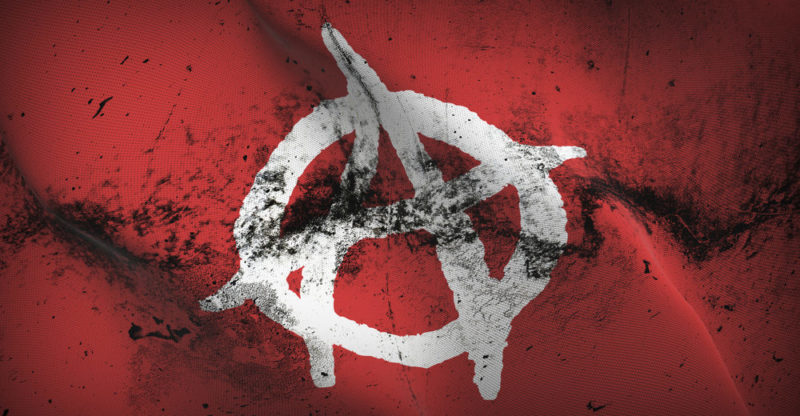
As has been said, liberalism is diverse in its approaches and tendencies, so we can identify some different ones:
- Socioliberalism. It seeks a balance between individual freedoms and the well-being and development of society, through a state that guarantees the rules of the game that encourages individual development without ever supplanting individual decisions.
- Libertarian liberalism. Known as libertarianism, it advocates a minimal state capitalism and great individual freedoms, in which monopolies of exploitation are curbed by the regulatory institutions of the state.
- Minarchism. The predecessor of neoliberalism at the end of the 20th century, this liberalism promotes the minimum vigilant state, that is, a state that intervenes as little as possible in society as a defensive form: courts, police, prisons and the military.
- Anarchism . It promotes the total and full abolition of the state and the government , betting on the self-regulation of society without the need for authorities or established hierarchies.
7. Main conservative currents
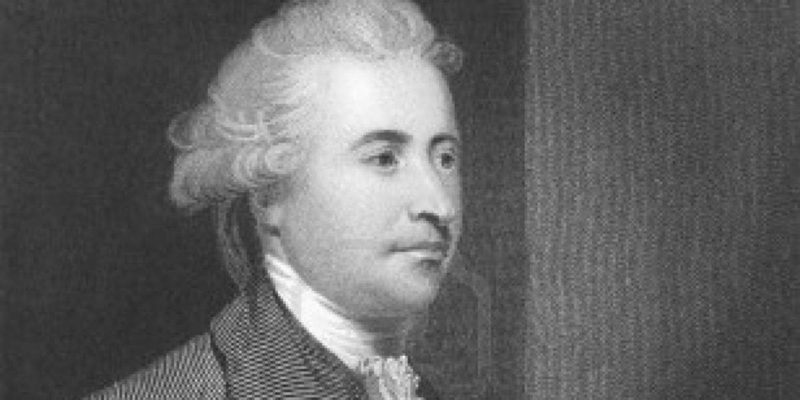
Similarly, conservatism is made up of various streams, organized rather by their country of origin, namely:
- English conservatism. Its central figure is Edmund Burke, who proposed the utopian impossibility of a state based on reason (such as that pursued by the French enlightenment), preferring rather a return to Christian values and social naturalism. He did not deny the need for social change but questioned its speed.
- French conservatism. He opposed the minimization of religion and monarchical institutions resulting from the French Revolution. As time passed, it reconverted its ultra-nationalist values and gave rise to numerous right-wing parties .
- German conservatism. The first to be considered “modern”, starts from the principle of social inequality and poverty as an element to be taken into account, tending towards a reformist state that knows how to adapt to the times and thus avoid both bourgeois capitalism and the imminent revolution. that he predicted, according to the texts of Karl Marx .
- Neoconservatism. Called “neocon”, it emerged in the United States as a reaction to the counterculture of the 1960s, and was later exported to countries such as Japan , the United Kingdom or the Czech Republic, where it spread individualism, the free market and even the military defense of democracy capitalist.
8. Neoliberalism
Neoliberalism is called a capitalist economic and political trend , which revived the ideas of classical liberalism at the end of the 20th century, promoting the recipe of economic liberalization, free trade and drastic reduction of the state and public spending.
It is a term of controversial use since this recipe meant the economic ruin of many third world countries , especially in Latin America .
9. Role in civil wars
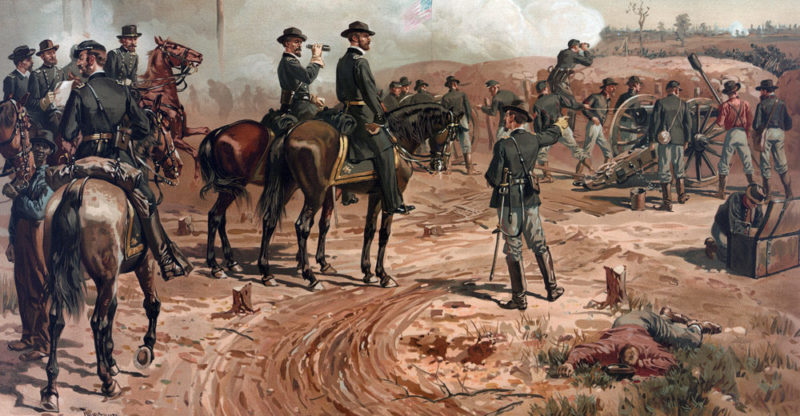
Throughout history, liberals and conservatives have clashed on more than a few occasions, and they have often done so by means of arms. This led to bloody civil wars in the 19th century, such as the Ayutla Revolution in Mexico , in which one political and social concept was sought to be imposed by force over the other.
10. Present
At present, liberal and conservative positions have become so diversified, especially in social and moral material , to the point of making the panorama complicated.
You can be economically liberal, but socially conservative, or vice versa.
The above content published at Collaborative Research Group is for informational and educational purposes only and has been developed by referring reliable sources and recommendations from technology experts. We do not have any contact with official entities nor do we intend to replace the information that they emit.














